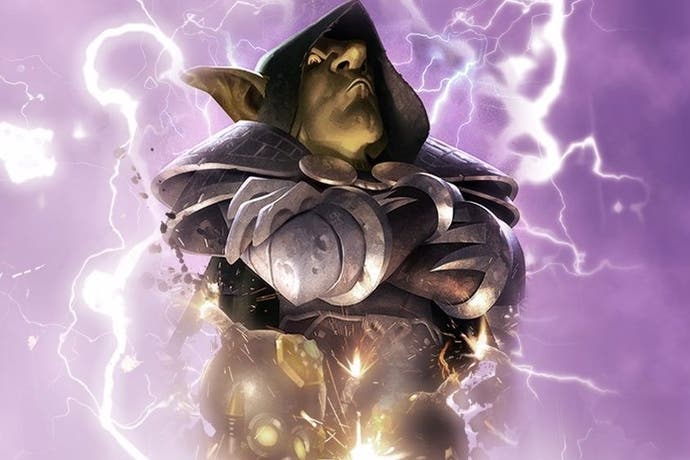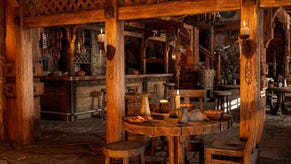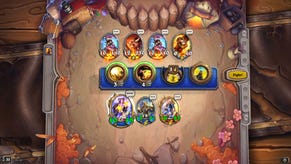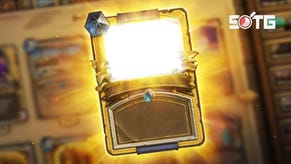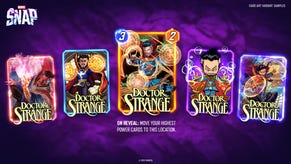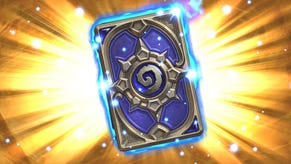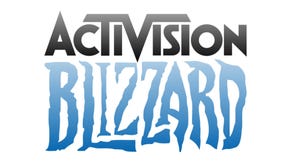Why Blizzard gives new Hearthstone players bad cards
"Really bad."
Blizzard has released a new video in Hearthstone's Designer Insights series, in which senior game designer Ben Brode talks about the thinking behind the creation and ongoing curation of the game's Basic set of cards. It provides a number of insights into how the team consider future card design, and the principles of power-creep in the game.
When new players first begin playing Hearthstone, they slowly unlock new cards from Hearthstone's Basic set as they play through tutorial sections and matches against live opponents. If they never opened a single booster pack to increase the size of their card collection, these would be the only tools available to them.
Some of those cards are very strong, but many are extremely weak. This has led to concerns in the community that new players get left further behind with the release of each successive expansion, which often introduces more powerful, directly comparable versions of these cards.
Interestingly though, the decision to include both good and bad cards in the Basic set is a very deliberate one, according to Brode. He argues that it allows players to feel a sense of progression, while simultaneously mastering the fundamental concepts of the game. It also provides a creative space for the team to experiment in.
"If you imagine the perfect new player experience, what you want them to feel like - and how you want to layer all the different nuances of Hearthstone over time - one of the things that hooks players the most is the moments where they feel some form of progression," Brode said.
"The second a player finishes the tutorial, plays a practice game and sees the experience bar fill up they're like 'Oh, you can level up!' It draws you into the game, there are goals all of a sudden, and you start feeling more powerful as you earn more cards. That feeling of increasing in power is extremely compelling."
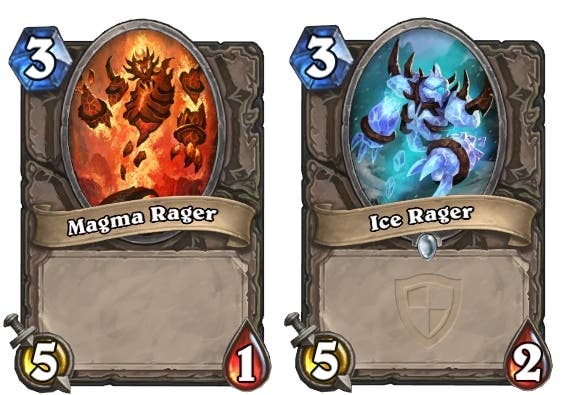
If that line of thinking sounds as though new players are being set up to fail though, Brode argues that it's not actually these bad cards that cause new players to lose matches. Rather, it's down to a far wider knowledge gap surrounding the game's core mechanics. Some of those bad cards in fact work to educate players.
"We want some of the Basic cards to be really bad. Really bad. To help make that feeling of progression even stronger. But some people pointed out that those cards are making it unfair for new players and they're losing because of them. Actually new players are losing for more reasons than that, they just don't have the skill.
"There are a lot of things you have to learn about in Hearthstone, from building a deck, to concepts of tempo, card advantage and value. There are lots of pieces towards becoming good at Hearthstone, like understanding the meta, and what your opponent might do next turn. So the cards in your deck are not the biggest reason new players aren't winning more games. There are lots of Basic cards we give you, and you shouldn't be playing Magma Rager or Ice Rager as your first decks that you're building."
"We do give new players incredible cards. We give new players Truesilver Champion, Fireball, Frostbolt, Flamestrike, Consecrate. That's definitely intentional. We want new players to have some great cards, and we want high level decks to include Basic cards also. Just because there are bad cards in the Basic set, it doesn't mean we're trying to make sure we give players really bad cards to start out with. That's not our intention, but we do also want them to feel a feeling of progression and to learn what cards to put in the deck - some good choices, some bad choices.
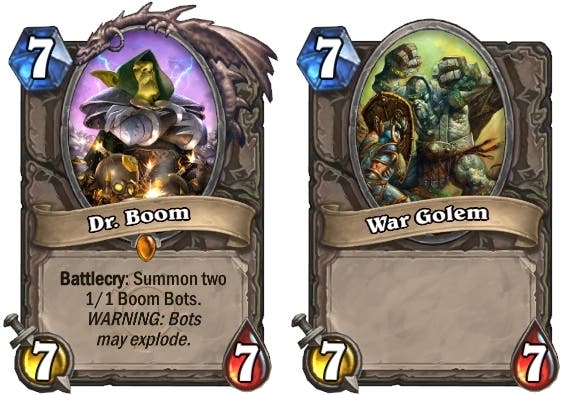
One card that both the wider Hearthstone community and Brode himself agree has changed the power level of the game is Dr. Boom - a card now featured in what seems like every competitive deck as we reach the end of 2015. There's an obvious comparison to be made with the Basic card War Golem, which provides a similar physical presence as the doctor, but without the additional explosive benefits. Brode argues, however, that the comparison is deceptive.
"His existence has increased the power level of the game, but it's nothing to do with War Golem. War Golem could not exist and he [Dr. Boom] would still get played in high level decks. War Golem is bad because it's bad - it has nothing to do with Dr. Boom and they shouldn't necessarily be looked at through a lens together. Dr. Boom doesn't represent power creep because War Golem exists. War Golem is just bad and was never played - it's not like people took out out War Golem for Dr. Boom."
Brode is also careful to strike a distinction between genuine power-creep, where the overall values of the competitive metagame increase - potentially leaving weaker players behind - and comparative power creep that doesn't actually impact the game. Magma Rager, for example, is a card from the Basic set that is universally considered to be terrible. Its counterpart Ice Rager, introduced with the Grand Tournament expansion in August, is only marginally better but still very bad nevertheless. If Ice Rager isn't used competitively, Brode argues that this new card doesn't represent power-creep in any meaningful sense. Why create it then?
"If we have a cool idea for a card and it's a three Mana 5/1, and it has some benefit like Stealth or some other cool thing, then the question is should we be allowed to make that card? I think the answer is yes, we should be able to explore new versions of Basic cards, because they're so bad that there's lots of room here to explore lots of other designs with those stats - with some upsides.
"Just because we made Ice Rager or Evil Heckler, it doesn't mean power-creep, because those cards don't get played anyway. We're just exploring new space, we're trying new card designs out. It's OK that they're better than Basic cards. Basic cards have a really specific role building the simplicity and progression systems for new players."
You can watch the full video below.
To stay on top of all the latest Hearthstone developments, take a look through our dedicated Hearthstone site MetaBomb.
